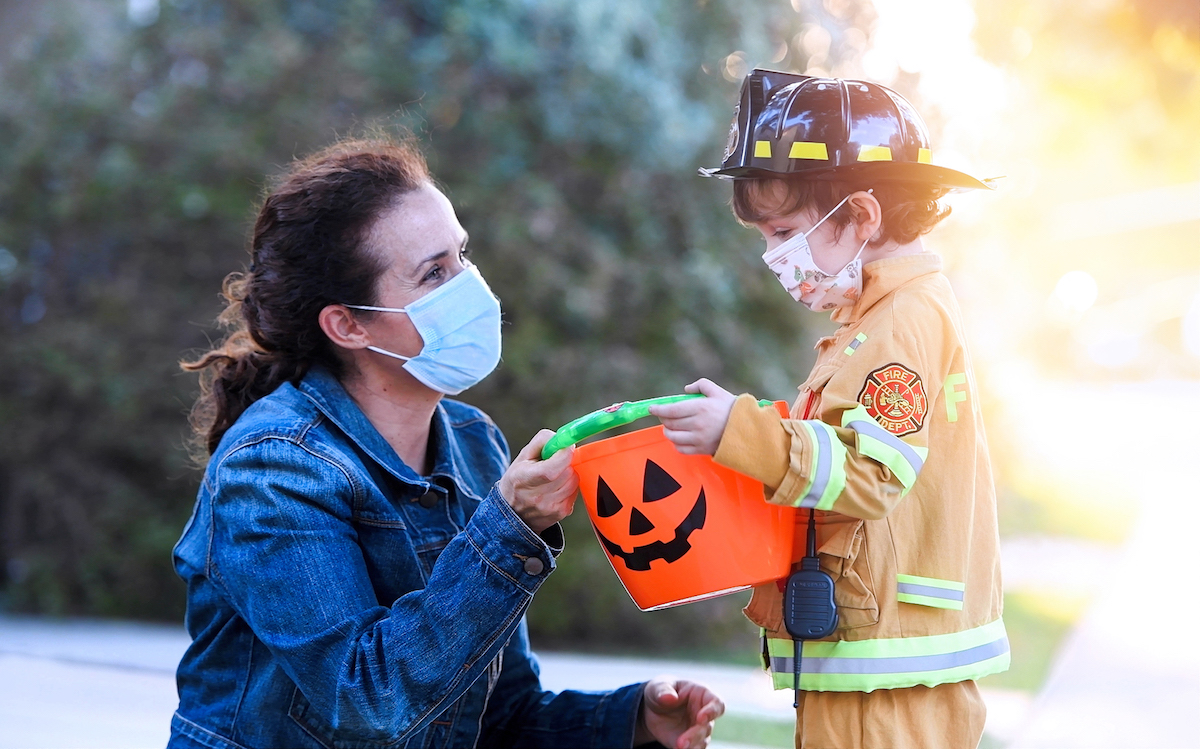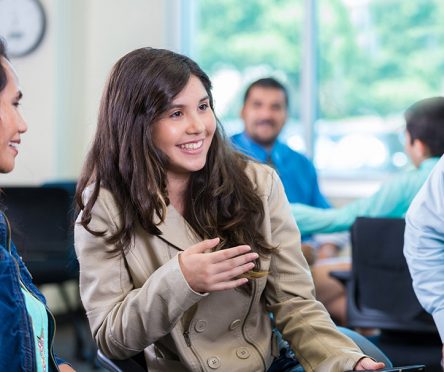With COVID-19 seemingly the biggest trick of all, Halloween revelers should practice caution on their adventures this year.
The state Department of Health’s guidelines for safe trick or treating and other holiday activities amid the pandemic mostly mimic the recommendations for general socializing and being out of your home.
For a safe Halloween, the guidelines suggest:
- Avoiding house parties with more than 25 people indoors or 150 people outdoors, indoor haunted houses, hayrides with people not in your household and trunk-or-treat events.
- Shifting gears for treat delivery. Labeled a “high-risk activity” by the Centers for Disease Control and Prevention because of the contact it typically entails with the little goblins, trick or treating plans should be modified. Instead of handing out candy to children individually, consider putting a basket or bowl of candy outside for kids to grab. Other solutions include modified PVC chutes that allow you to send the goodies from a distance into their bags.
- Limiting the size of the group you venture out with to just those living in your home, and staying six feet away from others at all times.
- Incorporating masks or face coverings into the costume. Costume masks are not considered safe because most do not block the spray of infectious aerosols. Masks should be made of two layers of breathable fabric that cover the mouth and nose without leaving gaps around the face. Costume rubber masks should not be worn over other face coverings because they can make it hard for the child to breathe.
- Getting creative with alternatives. Try a candy-themed scavenger hunt at home, a themed movie night with special snacks or a drive to see the Halloween displays in the neighborhood.
It’s important to talk to your children about the changes we’ll experience this Halloween so they understand the continued need to monitor and ensure safety, according to Dr. Laura Saunders, clinical coordinator of Young Adult Services – The Right Track/LGBTQ Specialty Track at the Institute of Living, part of the Hartford HealthCare Behavioral Health Network.
“Parents should have direct conversations and remind our children why we need to physically distance ourselves from others,” she said. “Encourage them to see their friends, but to do so responsibly and safely.”



